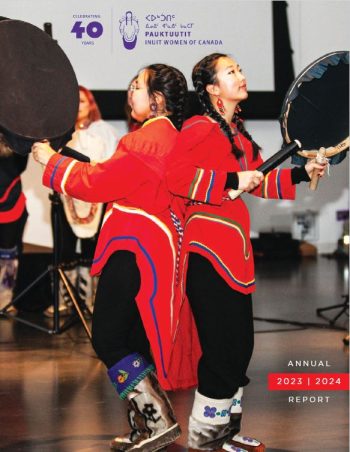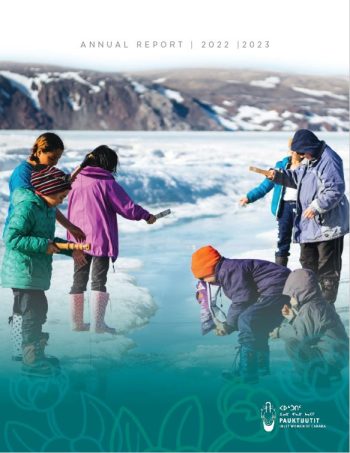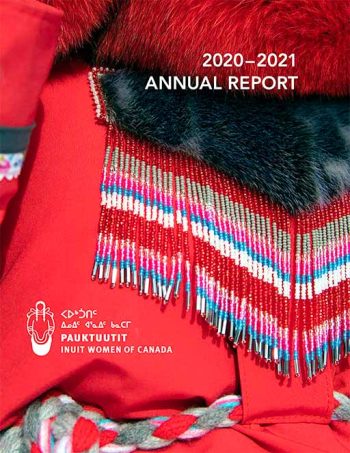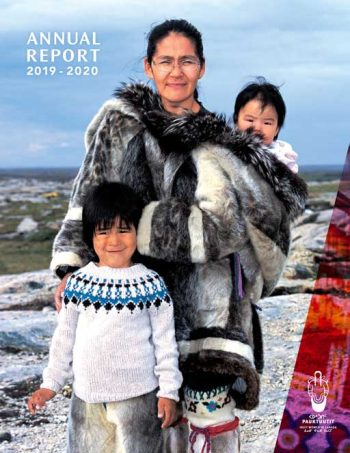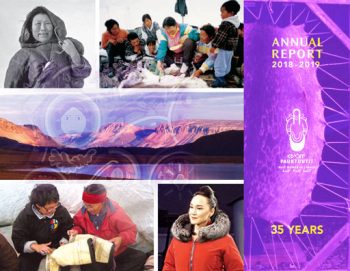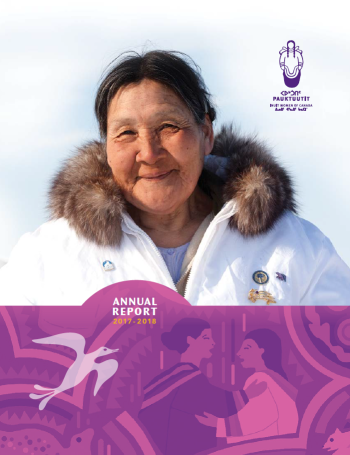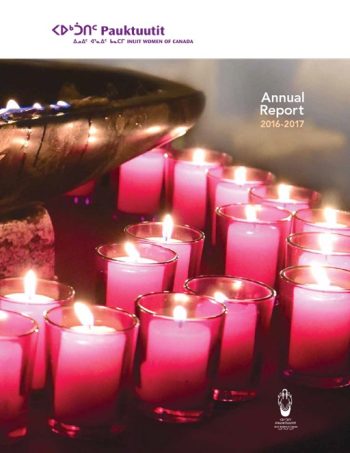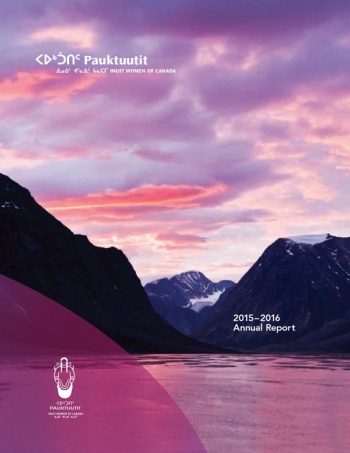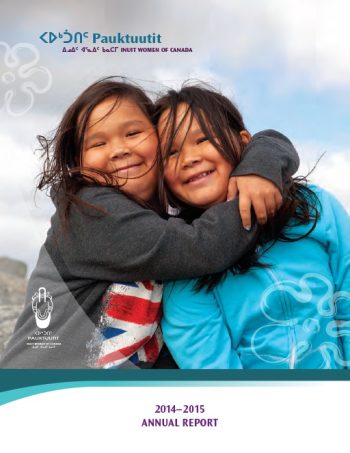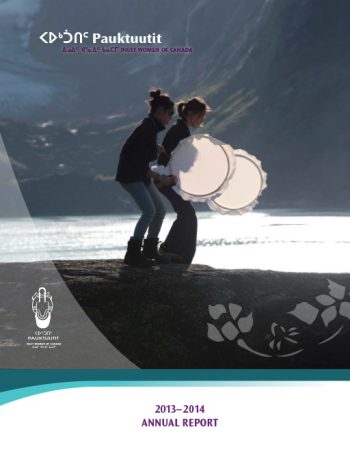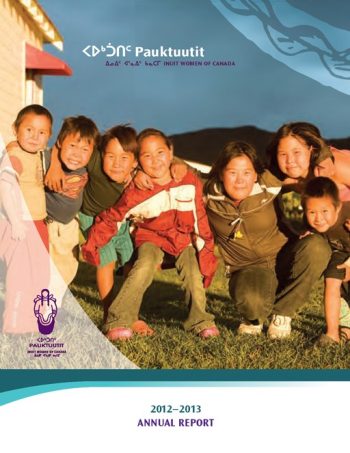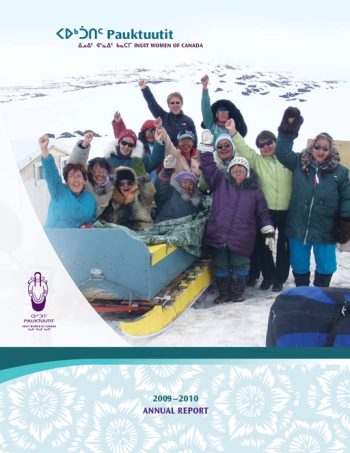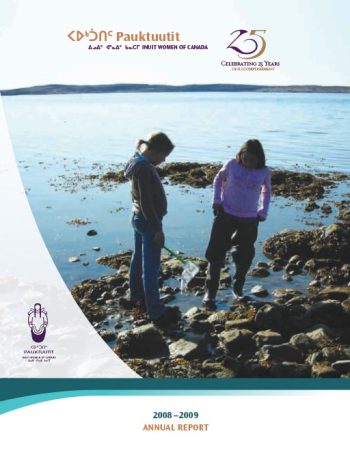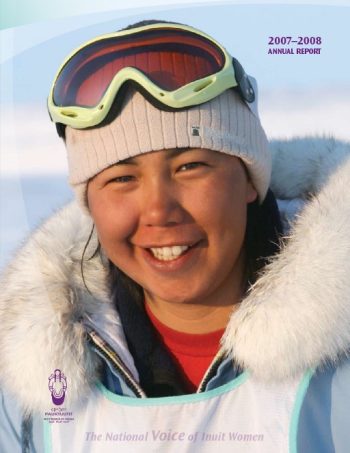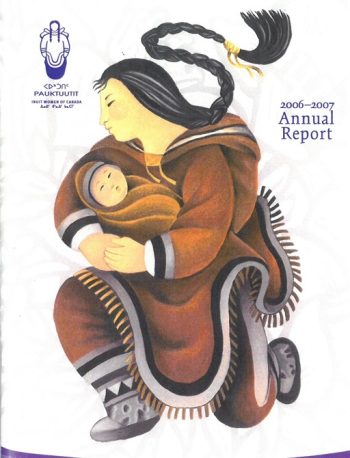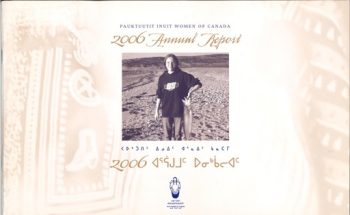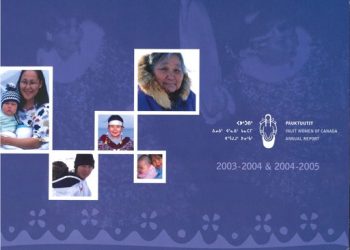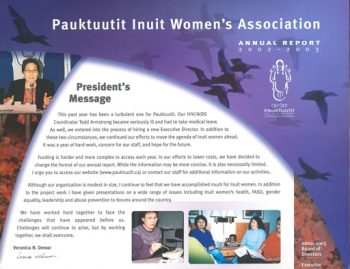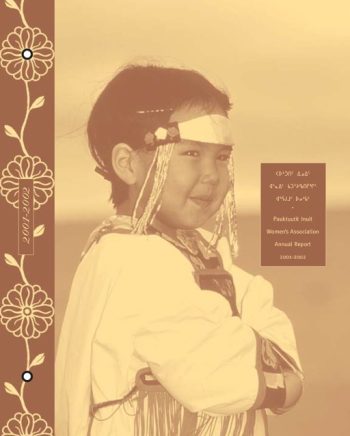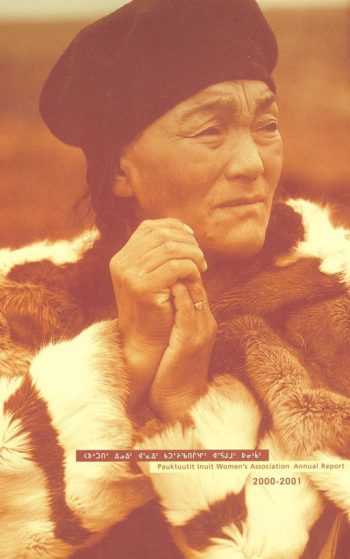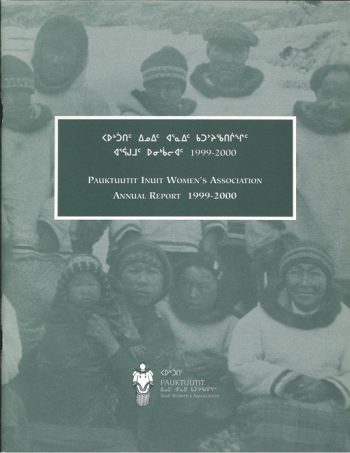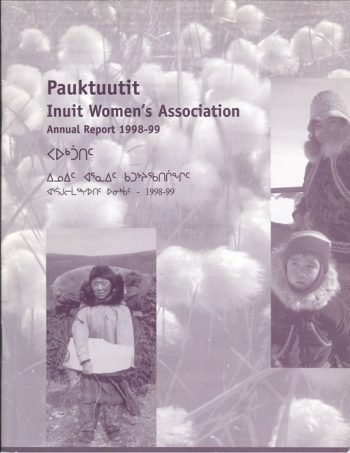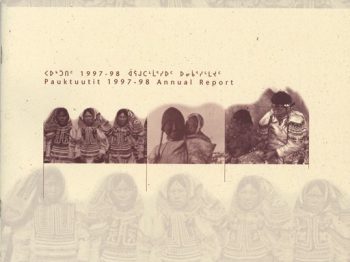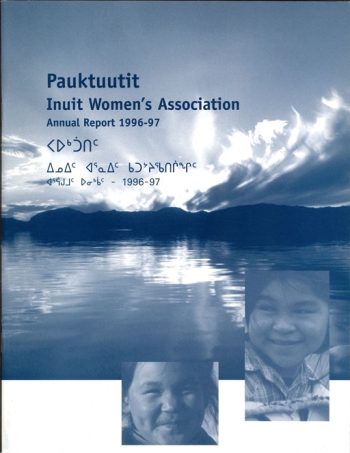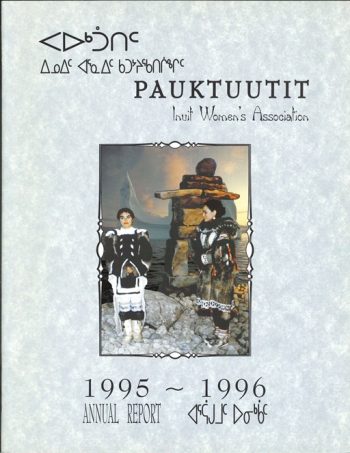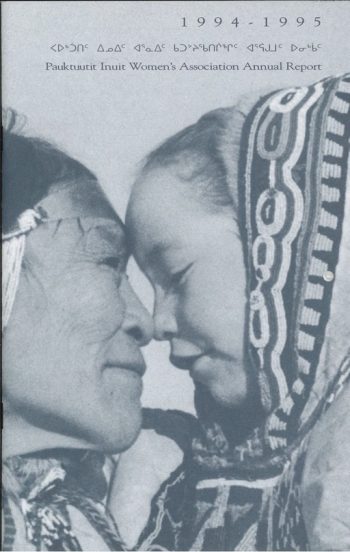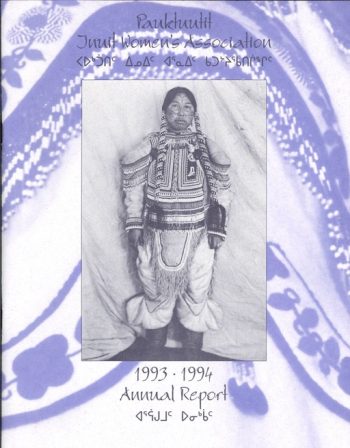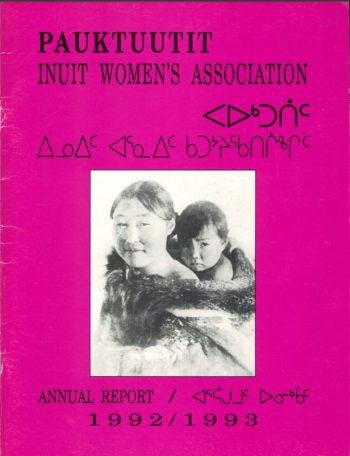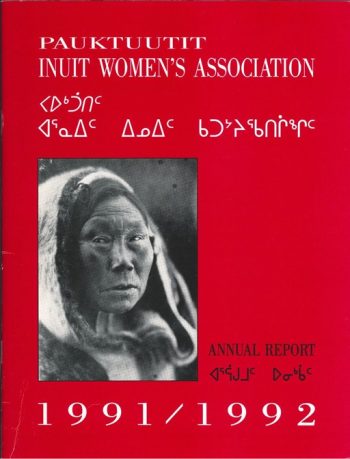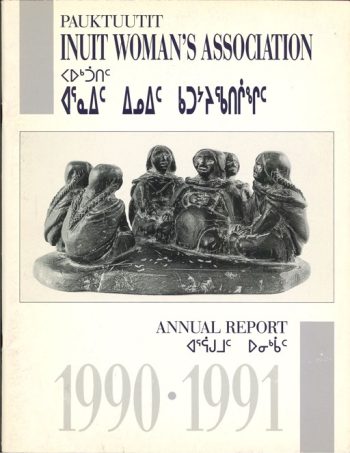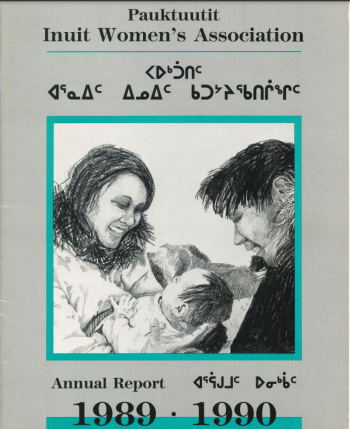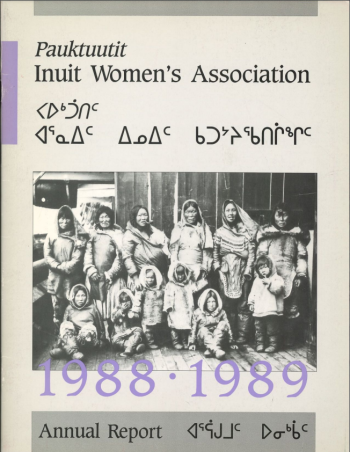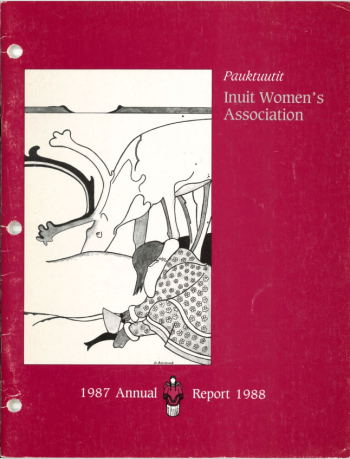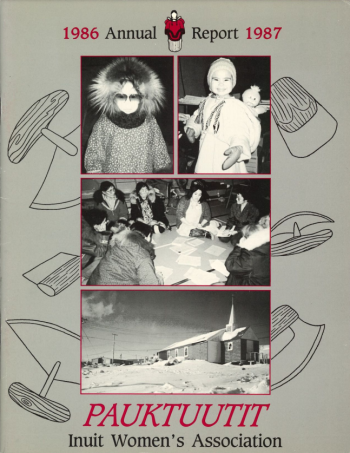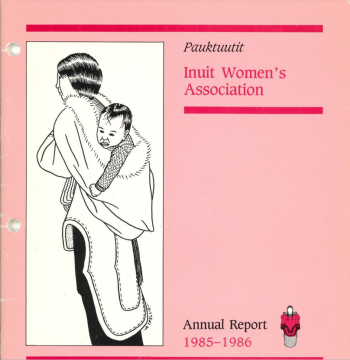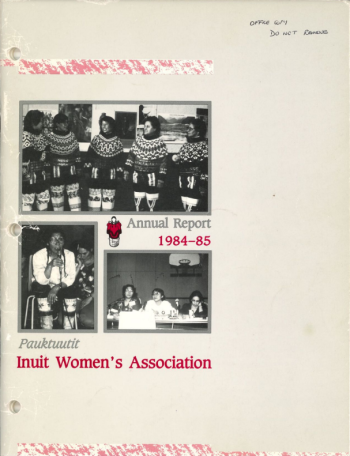Publications
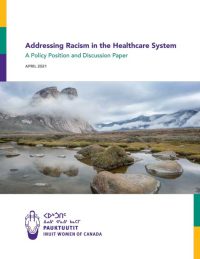
Addressing Racism in the Health Care System
Racism is an experience acutely felt by many Inuit women. This is especially true when they engage with the health care system where colonial and racist policies converge with erroneous assumptions based on negative stereotypes about Indigenous people.
This often means Inuit women experience sub-standard care, relative to other Canadians. It can also result in tragic outcomes for Inuit women, their families and communities.
Anti-racism is a process, a systematic method of analysis, and a proactive course of action rooted in the recognition of the existence of racism. A trauma-informed and distinctions-based approach, grounded through the lens of Inuit women and a GBA+ analysis, is critical to successfully address structural factors that continue to oppress Inuit in Canada, including when interacting with the health care system.
It is against this background that Pauktuutit presents its recommendations toward eliminating anti-Inuit racism in health care.
https://pauktuutit.ca/wp-content/uploads/Pauktuutit-Addressing-Racism-in-the-Health-Care-System-Apr2021.pdf
Year Published 2021
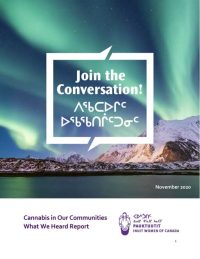
Cannabis in our Communities What We Heard Report
From January to November 2020, Pauktuutit engaged with Inuit women, their partners, and Youth (18-29 years) from across Inuit Nunangat and Canadian urban centres to learn more about their knowledge, attitudes and behaviours toward cannabis. The information collected through the online survey, focus groups and interviews are explained in this detailed ‘What We Heard’ Phase 1 Report.
https://pauktuutit.ca/wp-content/uploads/Cannabis-in-our-Communities-What-we-heard-Report-ENG.pdf
https://pauktuutit.ca/wp-content/uploads/Cannabis-in-our-Communities-What-we-heard-Report-South-Baffin.pdf
Year Published 2020
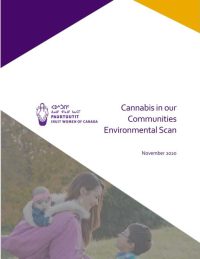
The Cannabis in our Communities Environmental Scan
This report describes cannabis related resources and supports that are currently available within and outside Inuit Nunangat, and explores how accessible and specific they are to Inuit.
https://pauktuutit.ca/wp-content/uploads/Cannabis-in-our-Communities-Environmental-Scan.pdf
Year Published 2020
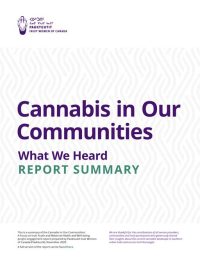
Cannabis in Our Communities What We Heard Report Summary
For a concise description of what we learned in Phase 1 about the knowledge, attitudes and behaviours of Inuit youth and new or expecting parents, read the ‘What We Heard’ Report Summary.
- https://pauktuutit.ca/wp-content/uploads/Cannabis-in-our-Communities-What-we-Heard-report-Summary-ENG.pdf
- https://pauktuutit.ca/wp-content/uploads/Cannabis-in-our-Communities-summary-report-South-Baffin-Inuktitut.pdf
- https://pauktuutit.ca/wp-content/uploads/Cannabis-in-our-communities-summary-report-Nunavik-Ungava.pdf
- https://pauktuutit.ca/wp-content/uploads/Cannabis-in-our-communities-summary-report-Inuvialuktun.pdf
- https://pauktuutit.ca/wp-content/uploads/Cannabis-in-our-communities-summary-report-Inuinnaqtun.pdf
Year Published 2020
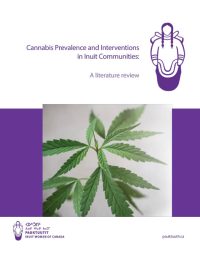
Cannabis Prevalence and Interventions in Inuit Communities – A literature review
This report presents the findings of a scoping review conducted to inform a larger project with Inuit women, youth, and their partners that will develop an awareness and education campaign that encompasses a harm reduction approach to cannabis use. The scoping review sought to identify and summarize academic and grey literature about:
- Cannabis use by Inuit and by Indigenous peoples in Canada overall; and
- Effective substance use interventions described and evaluated by/for Indigenous peoples in Canada (including culture and land-based interventions, gender and trauma informed interventions, and strength based wholistic interventions).
Given the limited evidence on cannabis use and interventions amongst Inuit, the literature review was expanded to include information about cannabis prevalence for Indigenous peoples in Canada and circumpolar regions and substance use treatment interventions for Indigenous peoples in Canada.
https://pauktuutit.ca/wp-content/uploads/Cannabis-Literature-Review-v2-FINAL-Inuktitut.pdf
Year Published 2020
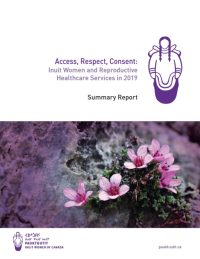
Access, Respect, Consent: Inuit Women and Reproductive Healthcare Services in 2019 – Summary Report
The knowledge generated in this report is based on a one-year study that included an environmental scan and community visits across Inuit Nunangat. We covered Inuit women’s access to reproductive healthcare, from sexual and reproductive health education and information, temporary and permanent contraception, pregnancy options, pre- and post-natal care and birthing. This report is based on the belief that sexual and reproductive health and rights are fundamental human rights, and Inuit women must have equitable access and care.
The research was headed by Pauktuutit Inuit Women of Canada and with the support of Dianne Kinnon (Kinnon Consulting). We are appreciative to the many individuals and health service providers who contributed their insight, knowledge, and expertise to this report. This important work would not have been possible without them and their willingness to discuss very personal and sometimes disturbing information.
First and foremost, we extend our most sincere gratitude to the women from Rankin Inlet, Arviat, Kuujjuaq, Inuvik, Iqaluit and Nain who volunteered to participate in interviews and community consultations. The information they bravely shared on Inuit women’s experiences as it relates to sexual and reproductive health and rights is necessary to achieving gender equality by ensuring that all Inuit women and girls can exercise their rights free from coercion, violence, discrimination and abuse.
As well, we are extremely grateful to the 22 sexual and reproductive health care service providers who contributed information on the challenges and constraints facing Inuit women and girls as they relate to their sexual and reproductive health needs and actualizing their rights.
Funding for this research was provided by the First Nations Inuit Health Branch of Indigenous Services Canada.
https://pauktuutit.ca/wp-content/uploads/Pauktuutit-Reproductive-Health-Inuktitut.pdf
Year Published 2020
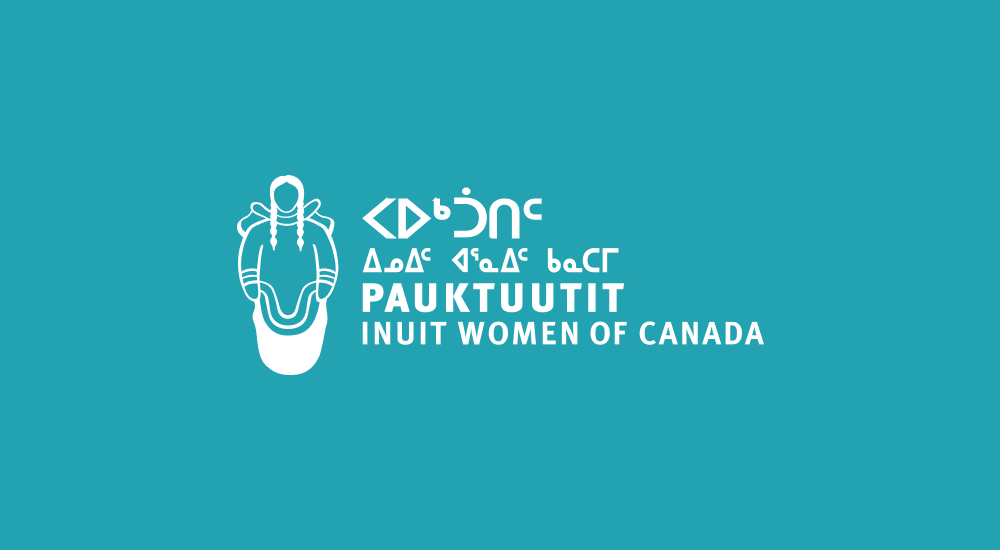
Access to Food Supports in Urban Centres
Food insecurity is the lack of access food primarily due to a lack of money. It’s a serious public health problem that negatively impacts physical, mental, and social health. This problem can become worse for Inuit in urban areas during this COVID-19 pandemic as many services people have had to close their doors.
We know this is a serious problem for many Inuit, and specifically Inuit women. It can be worse for those who live in overcrowded homes or who don’t have secure housing whether in Inuit Nunangat or in cities in the south. The federal government has made efforts to be sure that all Canadians have access to the food they need to live a healthy life during this time.
The Canadian government has provided an extra $100 million to support Canadian food banks and local food organizations. These funds have distributed to national food serving organizations including Food Banks Canada ($50 million), Second Harvest, Community Food Centres Canada, and the Breakfast Club with $5 million to each.
An additional $30 million is available to support local food organizations. Pauktuutit and ITK are advocating for some of these funds be given directly to Inuit to support food banks and food serving organizations used by Inuit.
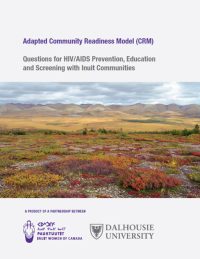
HIV AIDS Adapted Community Readiness Model
Pauktuutit partnered with Dalhousie University on a project funded by the Canadian Institutes of Health Researched, titled “Adapting the Community Readiness Model (CRM) for HIV/AIDS Prevention, Education and Screening with Inuit Communities Developing Strategies for HIV Prevention with Community Input & Collaboration.” For this project, we looked at initiatives that focus on HIV prevention, education and screening. The CRM is a tool that can help communities determine how ready they are to deal with a specific issue. Our research project aimed to adapt, pre-test and use the CRM to identify how ready three communities (Arviat, Clyde River and Kugluktuk) are to deal with HIV. We were guided by a project advisory committee (Canadian Inuit HIV/AIDS Network (CIHAN)), Community Health Representatives (CHRs) from the three communities and a research team. Together, we worked towards adapting, validating and translating this new CRM.
https://pauktuutit.ca/wp-content/uploads/Saimaniik-Toolkit_ENG.pdf
https://pauktuutit.ca/wp-content/uploads/Adapted-CRM-for-HIVAIDS-with-Inuit-Communities.pdf
https://pauktuutit.ca/wp-content/uploads/Pauktuutit-CRM-Questions-booklet-oct2019-web2.pd
fhttps://pauktuutit.ca/wp-content/uploads/Pauktuutit_CRM_Innuinaqtun.pdf
Year Published 2019
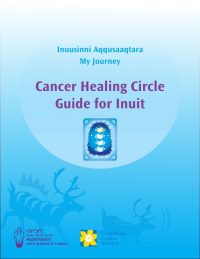
Cancer Healing Circle Guide for Inuit
This guide was created as part of our Inuusinni Aqqusaaqtara – My Journey cancer project and generously supported by the Canadian Cancer Society.
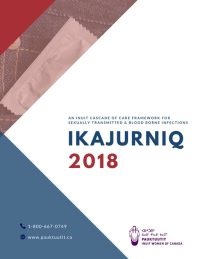
Ikajurniq 2018
Inuit in Canada are experiencing high rates of sexually transmitted and blood-borne infections (STBBIs). While there is limited Inuit-specific statistical information, we know that chlamydia, gonorrhea and syphilis rates in Inuit regions are high. For example, in Nunavut in 2013, where 85% of the population is Inuit, the chlamydia rate was 11 times that of the rest of Canada, and the gonorrhea rate was 27 times higher. In 2014, the syphilis rate was more than 15 times higher. While current rates of HIV in Inuit communities are low, the risk of being infected increases with the presence of other STBBIs. Community stakeholders fear a rapid rise in HIV unless effective prevention and treatment measures are put in place.
https://pauktuutit.ca/wp-content/uploads/IKAJURNIQ_Final_Layout.pdf
Year Published 2018
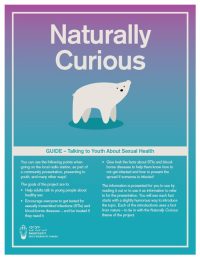
Naturally Curious – Presentation Guide
The project focuses on informing adults about sexual health and to encourage them to educate and influence youth about it and about STBBI testing. The long-term desired outcome is that youth (and adults) will understand what sexual health means and, as a result, they will practice safe sex and seek STBBI testing. While youth are a target audience, it is recognized that adults in the communities need to be supportive of healthy sexual behaviour and be willing to talk about it to create an environment in which young people will see healthy sexuality as the norm.
https://pauktuutit.ca/wp-content/uploads/7046_PIW_STBBI_Radio_Station_Handout_Web.pdf
Year Published 2018
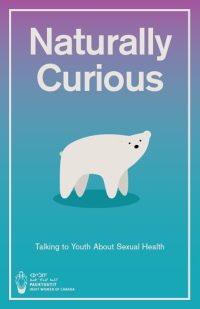
Naturally Curious – Information Booklet
The project focuses on informing adults about sexual health and to encourage them to educate and influence youth about it and about STBBI testing. The long-term desired outcome is that youth (and adults) will understand what sexual health means and, as a result, they will practice safe sex and seek STBBI testing. While youth are a target audience, it is recognized that adults in the communities need to be supportive of healthy sexual behaviour and be willing to talk about it to create an environment in which young people will see healthy sexuality as the norm.
https://pauktuutit.ca/wp-content/uploads/7046_PIW_STBBI_Guide_Web.pdf
Year Published 2018
